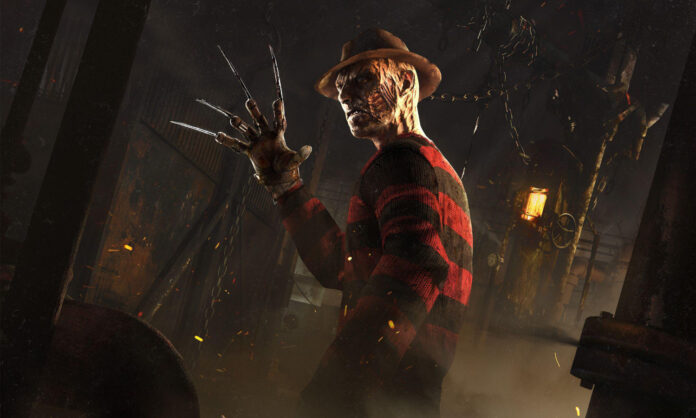In a post on ScreenCraft, Seth Sherwood offers advice on providing backstory and motivation for your horror movie monster. “They cannot simply exist to make life hard for the hero, they need their own wants, needs, and desires,” he writes. “But…how do you write a compelling monster that clearly has some sort of goal that drives them to stab all those half-dressed teenagers?”
Sherwood identifies two factors: a paradigm your monster adheres to behaviorally and key monster story beats.
Horror movie villains can be broken down into a few broad paradigms:
- Bad Guy – an otherwise human-seeming antagonist, who can be motivated by backstory in the same way your motivate your hero.
- Unstoppable Force – Monsters like the Blob or the shark from Jaws, or even Freddy Krueger, have a key single motivator, whether that is hunger, anger, or revenge.
- From Darkness – Some monsters hide and hunt in the dark, and may be driven by instinct, habit, curses, or territorial needs. Often, this motivation is never discovered, though it influences behavior. Understanding the pattern is often the key to the monster’s defeat, even if the protagonist’s never know what prompted it.
- Cause and Effect – Some monsters come when called, by a ritual, desecration, sacrifice, or trespassing. The monster is dormant until activated and will continue on its destructive path until it reaches its goal or is defeated.
These paradigms don’t have to be revealed. “You COULD build to revealing a monster’s motivation as your story, or you could just as easily keep it a complete mystery both can be scary in their own way,” Sherwood says. “It’s more important to see these paradigms as YOUR guidelines when writing.” Whatever you do, your audience will look for patterns and logic, even if it’s subconsciously. Knowing your monster’s need will prevent you from needlessly distracting your audience with illogical choices or actions.
Next, Sherwood examines monster story beats, which can generally be broken out into Acts.
- Act One: An awakening or minor reveal.
- Act Two, part 1: Building a presence in the story world.
- Midpoint: The revelation of the monster.
- Act Two, part 3: Surviving the monster.
- Act Three: The monster defeated…maybe.












